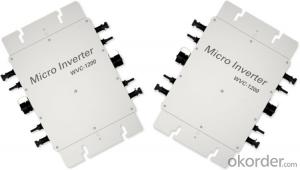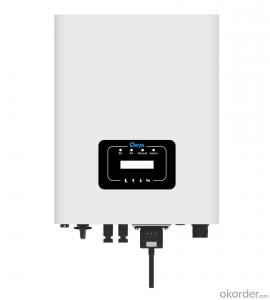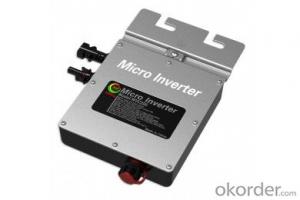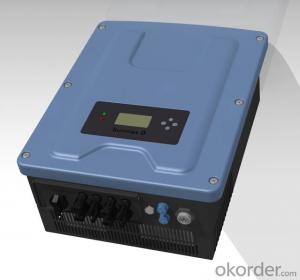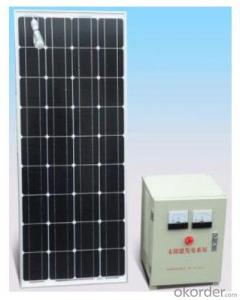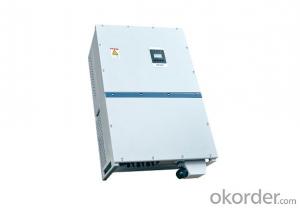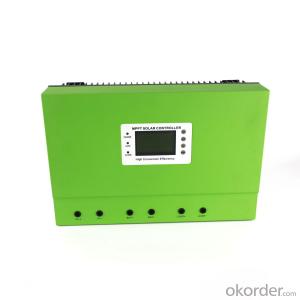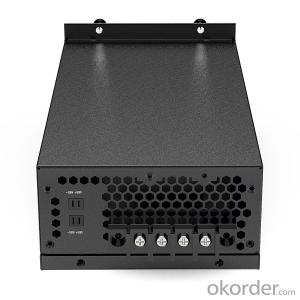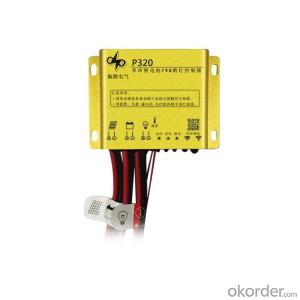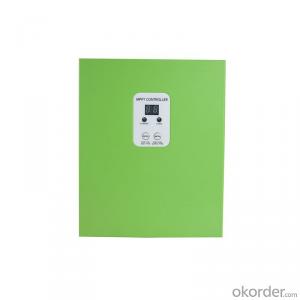Delta Solar Inverter Manual
Delta Solar Inverter Manual Related Searches
Tesla Solar Inverter Manual Solar Inverter User Manual Solar Pump Inverter Manual Solar Edge Inverter Manual Solis Solar Inverter Manual Solar Inverter Service Manual Aurora Solar Inverter Manual Sma Solar Inverter Manual Ever Solar Inverter Manual Mppt Solar Inverter Manual One Solar Inverter Manual Delta Solar Inverter T Solar Inverter User Manual Delta Solar Inverter App Mpp Solar Inverter Manual Abb Solar Inverter Manual Solar Delta Inverter Growatt Solar Inverter Manual Generac Solar Inverter Manual Tmeic Solar Inverter Manual Abb Uno Solar Inverter Manual Felicity Solar Inverter Manual Delta Solar Inverter Warranty Fronius Solar Inverter Manual Wind Solar Hybrid Controller Manual Delta Solar Inverter Price Solar Inverter Tutorial Solar Inverter Buying Guide Solar Inverter Installation Solar Panel Inverter DiagramDelta Solar Inverter Manual Supplier & Manufacturer from China
Delta Solar Inverter Manual provides comprehensive guidance on the installation, operation, and maintenance of Delta's solar inverters. These inverters are essential components in solar energy systems, converting the direct current (DC) generated by solar panels into alternating current (AC) that can be used by homes and businesses. They are designed to optimize energy production and ensure reliable performance under various environmental conditions.The Delta Solar Inverter Manual covers a wide range of applications and usage scenarios, making it an invaluable resource for installers, system designers, and end-users. Whether you are setting up a residential solar system, a commercial solar installation, or a large-scale solar power plant, this manual will guide you through the process of selecting the appropriate inverter model, connecting it to your solar panels and the electrical grid, and ensuring its efficient operation. It also includes troubleshooting tips and safety guidelines to help you maintain the inverter and address any issues that may arise.
Okorder.com is a leading wholesale supplier of Delta Solar Inverter Manual and a variety of other solar energy products. With a large inventory and competitive prices, they cater to the needs of businesses and individuals looking to invest in renewable energy solutions. By offering easy access to the Delta Solar Inverter Manual and other essential resources, Okorder.com supports the growth and development of the solar industry, helping to make clean, sustainable energy more accessible to everyone.
Hot Products



















